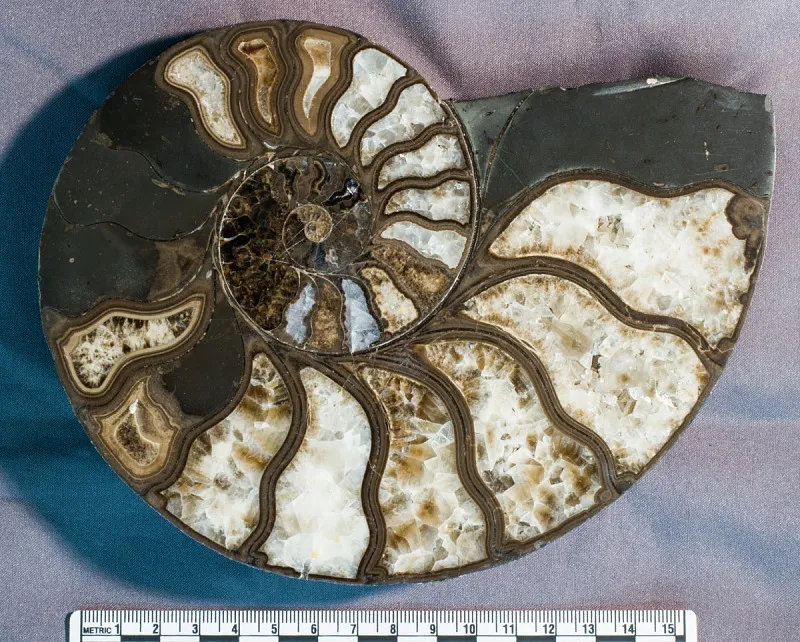
Search
Featured Collections
Our educators have curated these collections to let students see how comparing collection specimens can lead to new discoveries.
Researchers who work at the museum and around the world use the museum's huge collection, which has almost 150 million items, to understand something new about how the Earth formed and how organisms live, interact in their environment, and evolve. They also study how people evolved and the diversity of ways that they have interacted — and continue to interact — with each other and their environment over time.
Choose a collection topic below to explore and compare some of our collection objects.
From the Exhibits

Finding Patterns Everywhere
These items from the Objects of Wonder exhibit are either spiral shaped or contain a spiral. What can we learn from recognizing this pattern?
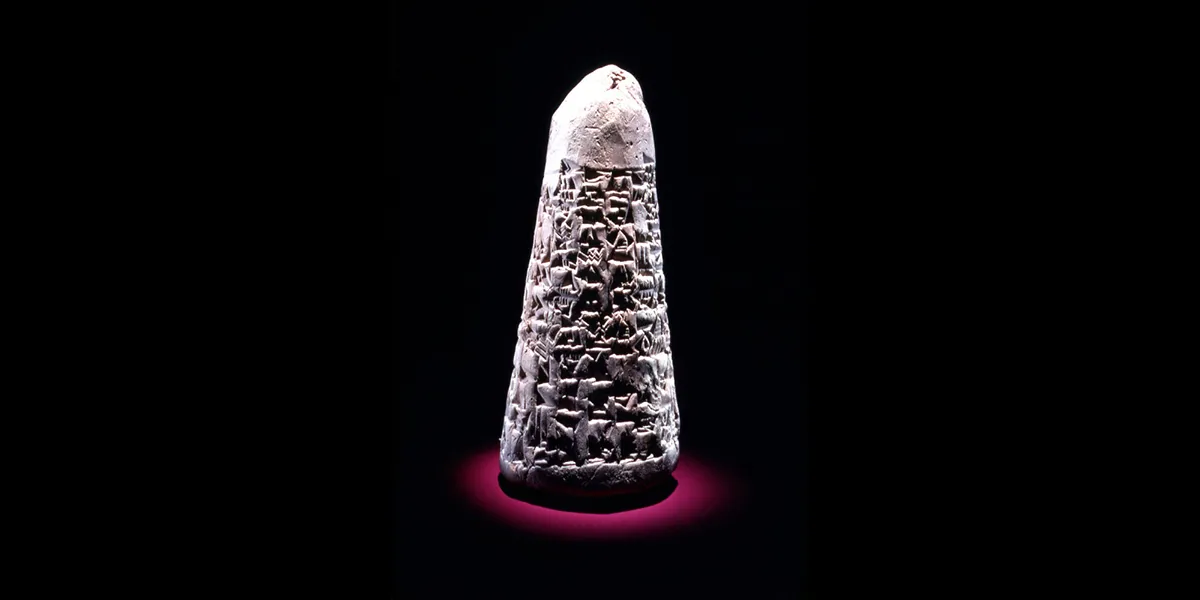
For the Record
These objects reveal some of the ways people in various cultures have recorded their histories.
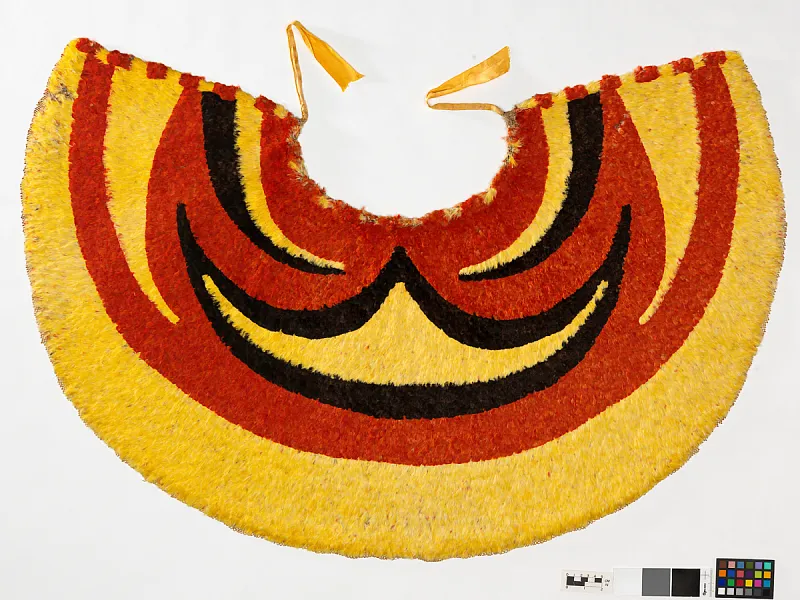
Linking Nature and Culture
View objects that reflect how human cultures draw inspiration and sustenance from the natural world.
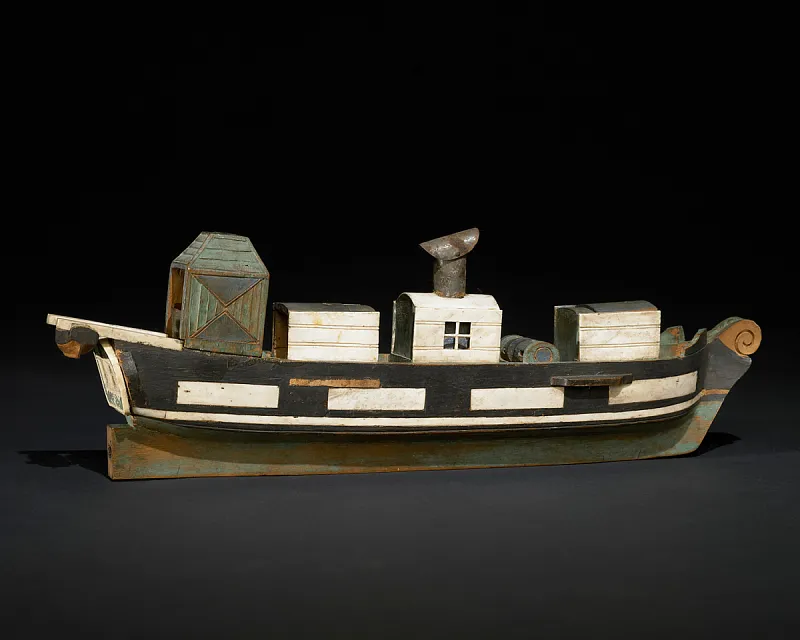
On the Move
Objects can often tell us where they have been, who made them, and how they moved from place to place. These items show how our collections sometimes reveal unexpected connections.

What Do These Objects Have in Common?
The objects in this collection look nothing alike, and they formed in different ways, yet they are all made mostly of the same thing.
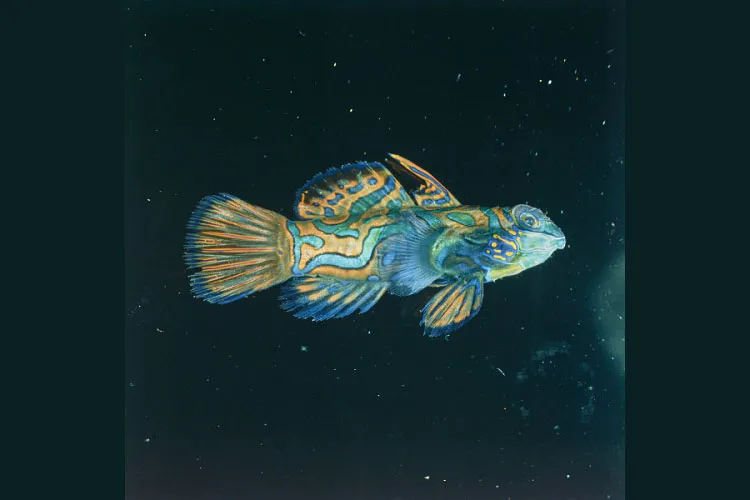
What Makes Things Blue?
Find out what factors give some animals and minerals a blue color. Compare collection objects, such as a blue fish and a blue butterfly.
Q?rius Collection Investigations
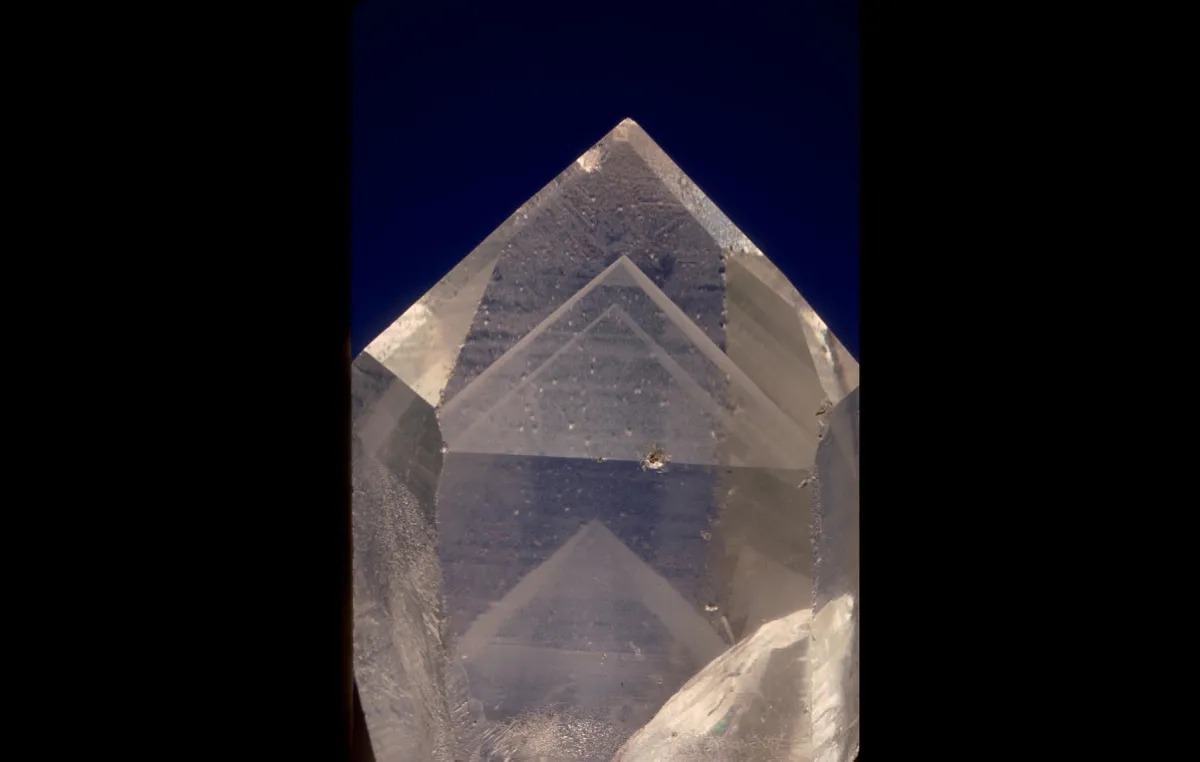
All Sorts of Quartz
Explore the diversity of the mineral quartz in this collection of museum specimens. Learn about quartz’s variety of forms, colors, and uses.
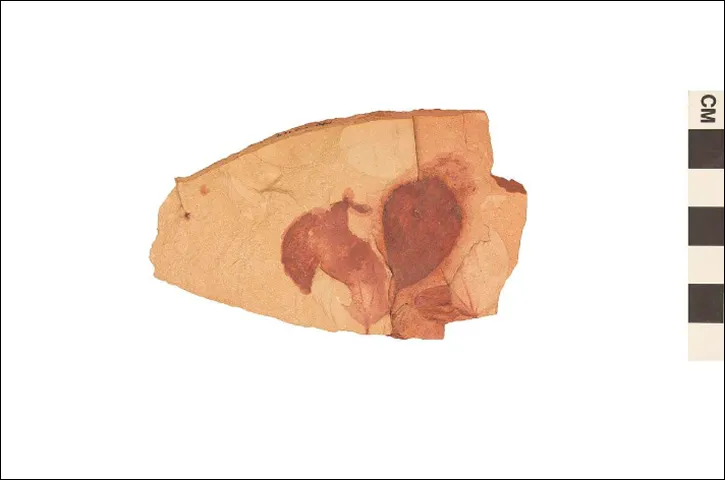
Fossil Leaves
Fossil leaves with insect damage show us ancient interactions between plants and insects. Compare four fossils and see how many types of insect damage you can find!
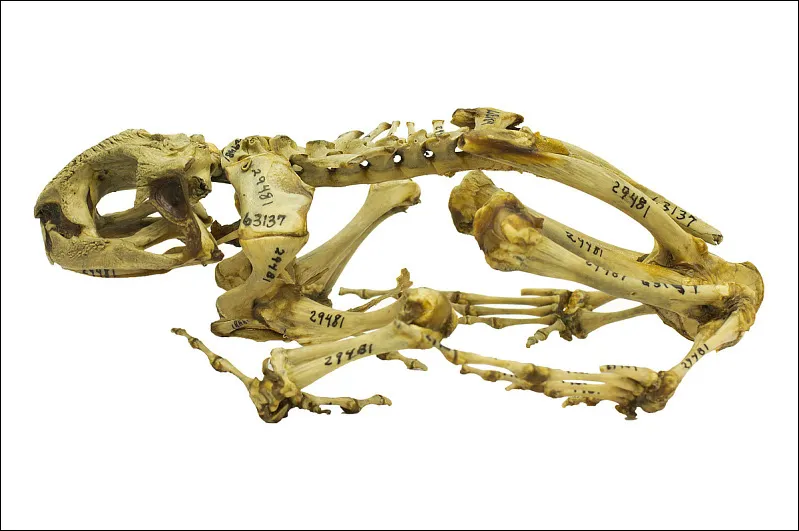
How Do Skeletons Affect Animal Lifestyles?
This collection illustrates how various types of skeletons help define how an organism looks and lives. Compare different types of skeletons.
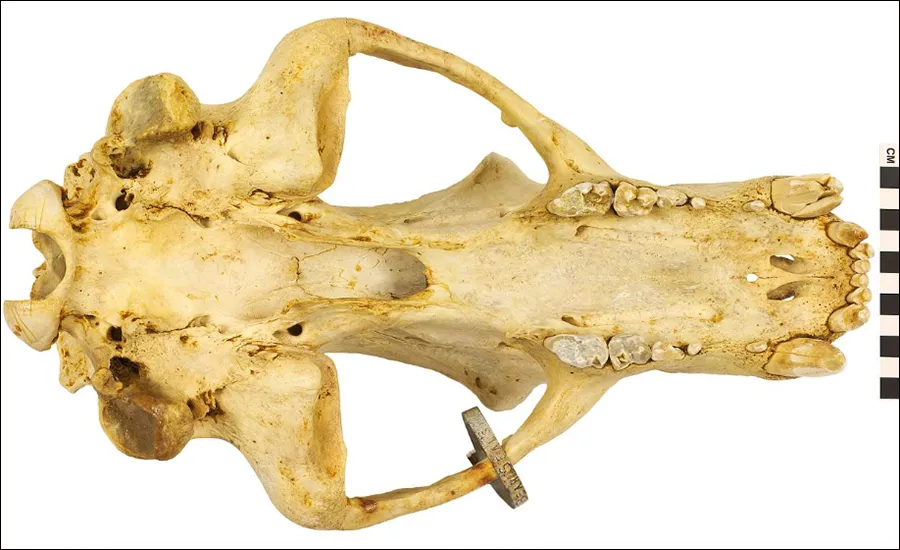
How to Read a Mammal Skull
Examine a collection of mammal skulls to find clues to animal behaviors such as diet, predator or prey status, sense of smell, and mobility.